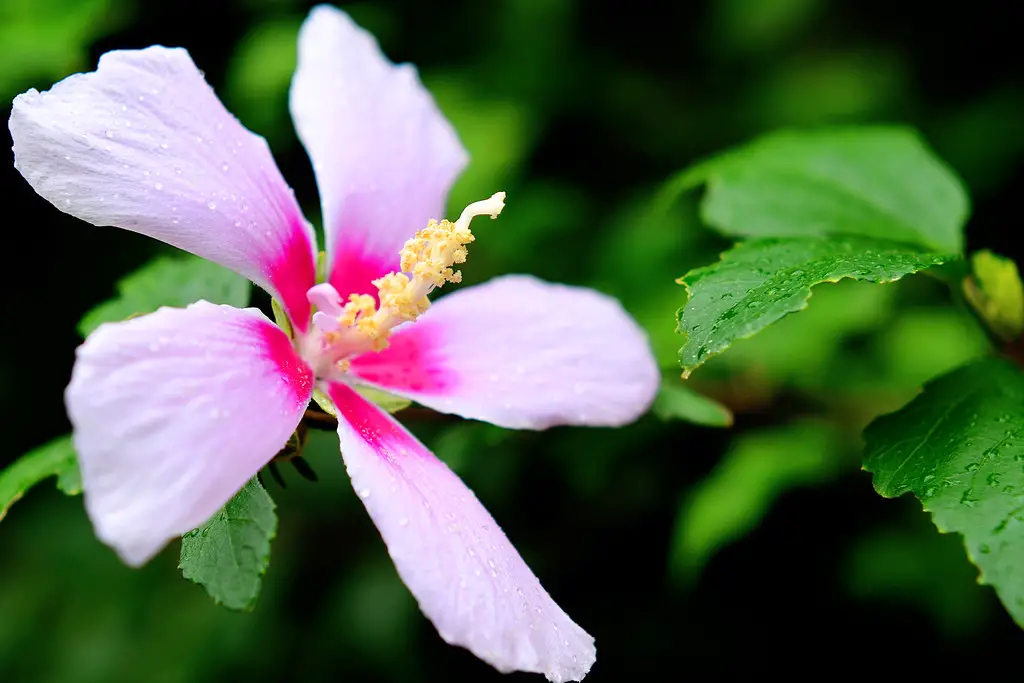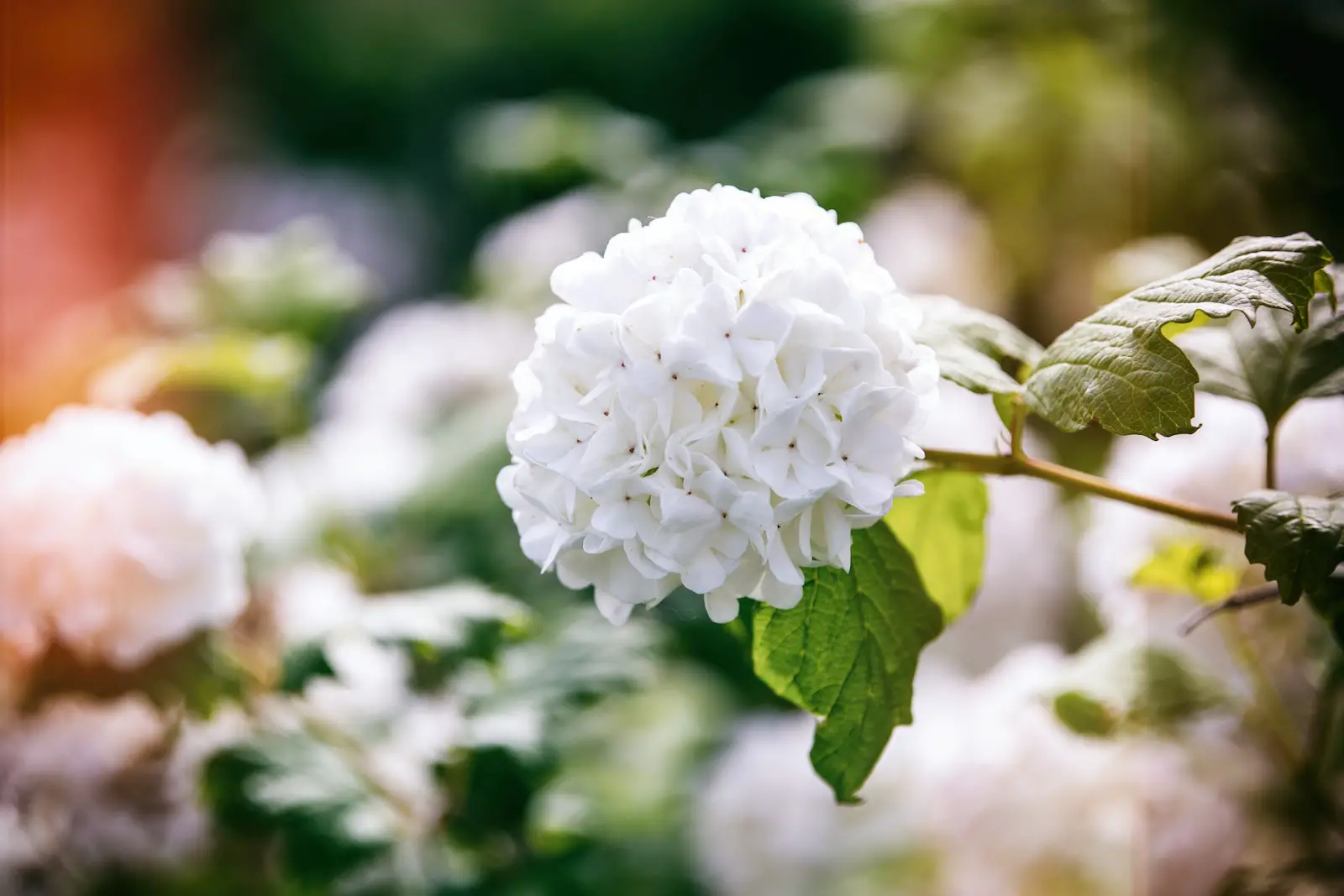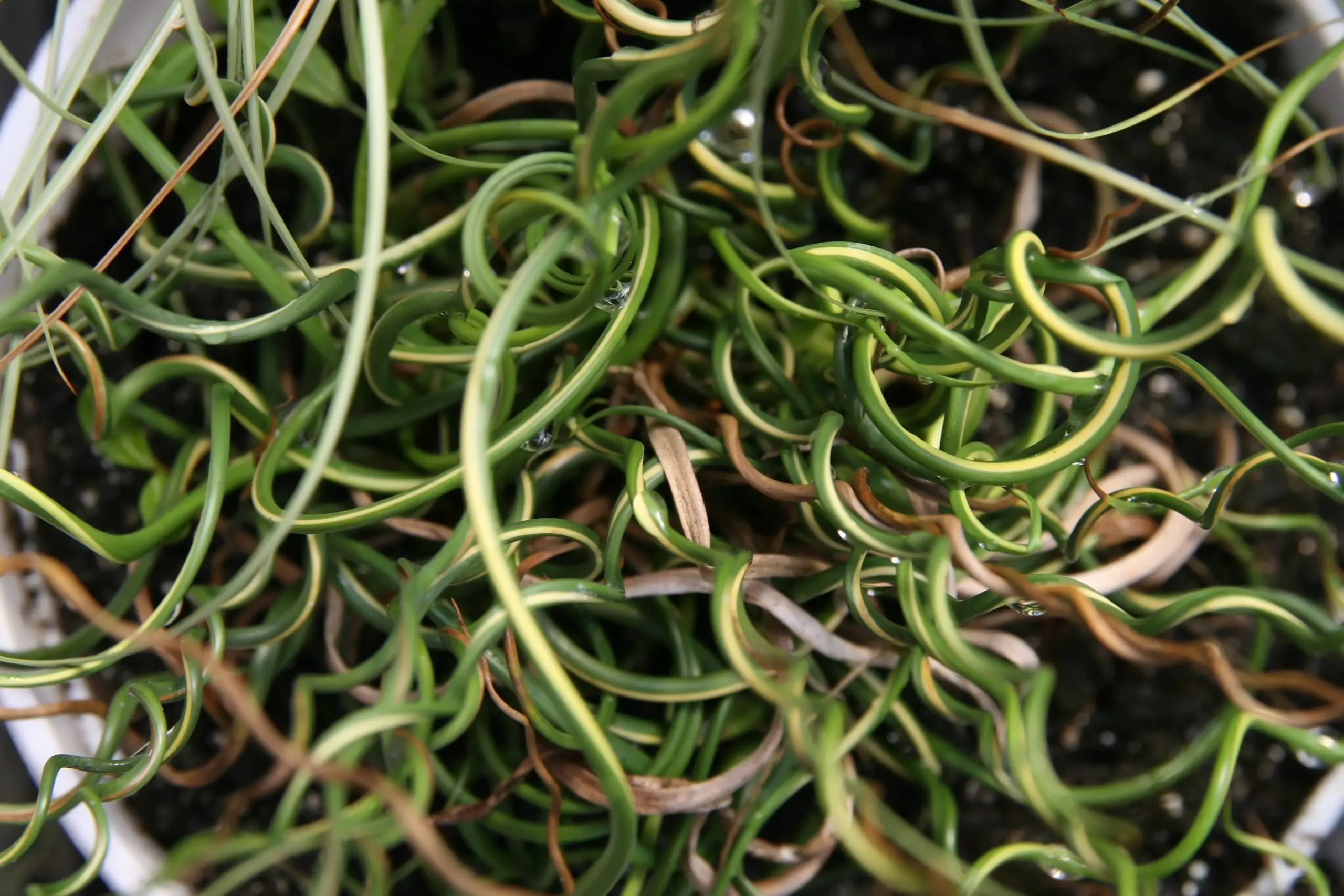The String of Hearts, an enchanting trailing plant, has won the adoration of many gardeners and plant enthusiasts around the globe. Known for its cascading vines adorned with heart-shaped leaves, it adds a romantic flair to any interior or garden setting.
Native to South Africa, the String of Hearts, scientifically named Ceropegia woodii, belongs to the Apocynaceae family. Its leaves are often marbled with shades of green, silver, and sometimes pink, giving a beautiful contrast to its thin but robust trailing stems. As if its unique foliage wasn’t appealing enough, the plant also produces delicate, tubular flowers that further add to its charm.
A part of the succulent family, the String of Hearts is as resilient as it is beautiful. Its ability to withstand periods of neglect and its general ease of care make it an excellent choice for both novice and experienced gardeners alike.
| Aspect | Details |
|---|---|
| Common Names | String of Hearts, Rosary Vine, Chain of Hearts |
| Botanical Name | Ceropegia woodii |
| Family | Apocynaceae |
| Plant Type | Succulent Vine |
| Mature Size | 2-4 feet in length |
| Sun Exposure | Full to partial sun |
| Soil Type | Well-draining, sandy soil |
| Hardiness Zones | 10-11 |
| Native Area | South Africa |
String of Hearts Care
The String of Hearts is renowned for its easy-going nature and adaptability. Thriving in a wide range of conditions, it can be an ideal plant for those new to gardening or those looking for a low-maintenance addition to their collection.
Care for the String of Hearts involves attention to basic needs such as proper sunlight, soil, watering, and occasional feeding. Even though it’s considered easy to care for, understanding its particular requirements will help the plant flourish and showcase its full beauty.
Light Requirement for String of Hearts
The String of Hearts loves bright, indirect sunlight. While it can tolerate some direct morning or late afternoon sun, harsh midday sunlight can cause leaf scorching. Lack of light, on the other hand, may lead to leggy growth and loss of leaf coloration.
Soil Requirements for String of Hearts
A well-draining soil mixture is crucial for this plant. Using a succulent or cactus mix combined with some sand or perlite ensures that excess water doesn’t remain in the soil, preventing root rot.
Water Requirements for String of Hearts
Watering should be done with care. Allow the soil to dry out between watering, and reduce the frequency during winter months. Overwatering can lead to root rot, while underwatering may cause the leaves to shrivel.
Temperature and Humidity
The String of Hearts prefers temperatures between 60-80°F (15-27°C) and can adapt to average indoor humidity levels. Protecting the plant from frost is essential, as it is not frost-hardy.
Fertilizer
Feeding with a diluted liquid fertilizer designed for succulents every month during the growing season (spring and summer) can boost growth. Avoid over-fertilizing to prevent leggy growth.
Pruning String of Hearts
Pruning can be done to shape the plant and encourage bushier growth. Removing dead or yellowing leaves and trimming elongated stems can maintain its attractive appearance.
Propagating String of Hearts
Propagation is quite easy, typically done through stem cuttings. Place the cuttings in water or soil and wait for roots to develop.
How To Grow String of Hearts From Seed
Growing String of Hearts from seed is less common but can be done by sowing seeds in well-draining soil and providing warmth and consistent moisture until germination.
Common Pests & Plant Diseases
Mealybugs
Mealybugs can be treated with insecticidal soap or neem oil.
Spider Mites
Spider mites may require specific miticides or repeated treatments with neem oil.
Root Rot
Usually caused by overwatering. Make sure to use well-draining soil and a proper watering schedule.
Common Problems With String of Hearts
Leggy Growth
Leggy growth can be a sign of insufficient light. Move the plant to a brighter spot.
Leaf Discoloration
This could indicate overwatering or poor soil quality. Check the soil and adjust the watering routine.
Shriveled Leaves
Under-watering or low humidity may cause the leaves to shrivel. Monitor watering and consider misting if the air is very dry.
Pro Tips
- Place in a hanging container to accentuate its trailing nature.
- Water sparingly in winter when the plant is dormant.
- Pair with other trailing succulents for a varied texture display.
- Rotate the plant occasionally to ensure even growth.
- Propagate cuttings to share with friends and fellow plant enthusiasts.


